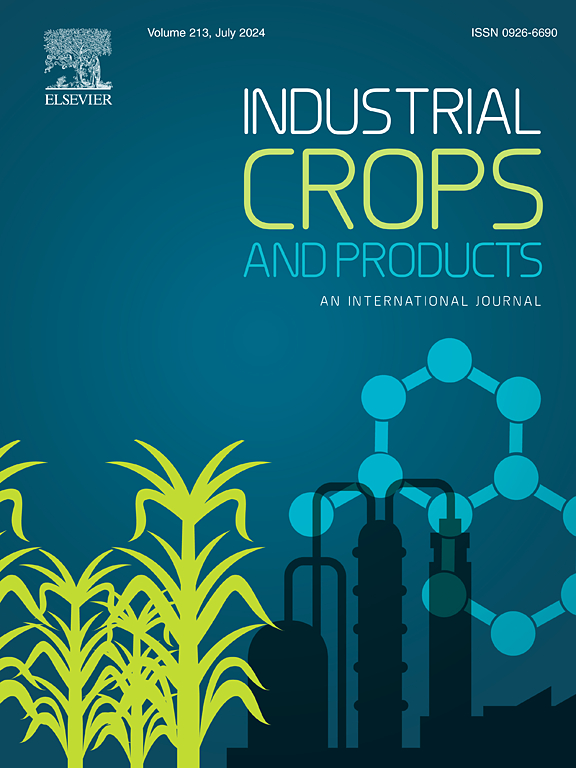Microwave-assisted butylene glycol extraction: An environmentally friendly method for isolating bioactive compounds from coffee silverskin with antioxidant, anti-tyrosinase, and anti-melanogenic effects
IF 5.6
1区 农林科学
Q1 AGRICULTURAL ENGINEERING
引用次数: 0
Abstract
The global rise in coffee consumption has resulted in significant waste, particularly coffee silverskin (CS), which constitutes approximately 1.5 % of unroasted coffee and is rich in valuable bioactive compounds. This study aims to use butylene glycol (BG) as an alternative green solvent in the microwave-assisted extraction (MAE) of bioactive compounds from CS, focusing on their antioxidant properties and tyrosinase inhibition potential for safer, natural skin-whitening alternatives. To optimize the extraction process, single-factor studies and a Box-Behnken design were utilized, and the effects evaluated of various parameters on total phenolic content (TPC), total flavonoid content (TFC), DPPH radical scavenging activity, ferric-reducing antioxidant power (FRAP), and tyrosinase inhibition. Optimal conditions were obtained at 180 °C, 40 % solvent concentration, with a liquid-to-solid ratio of 50.23 mL/g, resulting in TPC, TFC, DPPH, FRAP, and significantly higher tyrosinase inhibition compared to ethanol-based extraction (p < 0.05). The liquid chromatography analyses identified caffeine and chlorogenic acid as primary bioactive compounds, alongside 12 additional bioactive compounds. Furthermore, at a concentration of 5 mg/mL, the BG-MAE extract demonstrated non-toxic, reduced melanin content, and inhibited cellular tyrosinase activity. This study highlights the potential of BG-MAE for producing bioactive compounds from CS in antioxidant and whitening cosmetic applications.求助全文
约1分钟内获得全文
求助全文
来源期刊

Industrial Crops and Products
农林科学-农业工程
CiteScore
9.50
自引率
8.50%
发文量
1518
审稿时长
43 days
期刊介绍:
Industrial Crops and Products is an International Journal publishing academic and industrial research on industrial (defined as non-food/non-feed) crops and products. Papers concern both crop-oriented and bio-based materials from crops-oriented research, and should be of interest to an international audience, hypothesis driven, and where comparisons are made statistics performed.
 求助内容:
求助内容: 应助结果提醒方式:
应助结果提醒方式:


